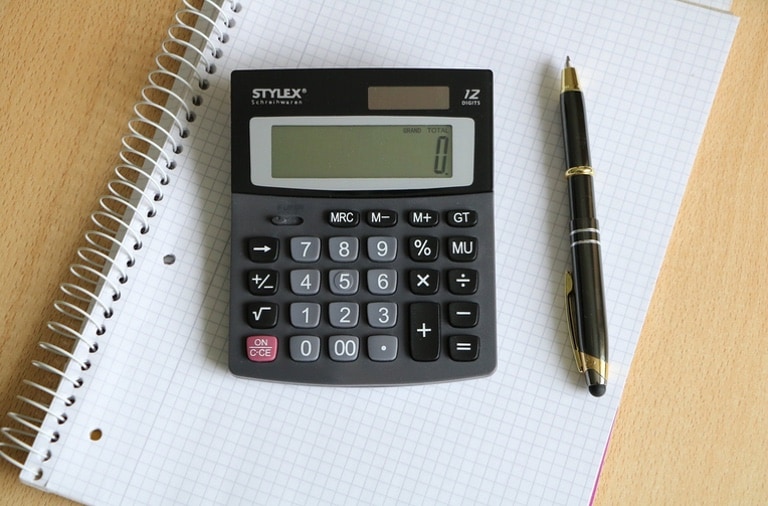It’s important that you have a positive net cashflow at the end of each month, if you don’t, you will end up with a property that will cost you money (a liability) instead of a property that provides cash in the bank (an asset).
There are 4 sets of figures you need to know to assess any rental property:
1. Purchase costs – The price of the property and legal fees.
2. Monthly rental income – Can be researched online and via letting agents.
3. Monthly finance payments – Will be provided by the mortgage lender.
4. Operating expenses – Based on the condition of the property and letting agent fees.
You may already have an AIP at this stage which will give you detailed information about your monthly finance (mortgage) payments. If not, here is an online calculator that you can use to find out what your payments will be.
Here is an example:
The price of the property is £85,000.00 and is purchased with a typical 75% loan to value (LTV):
£85,000.00 x 75% = £63,750.00 (loan)
£85,000.00 x 25% = £21,250.00 (deposit)
Legal and mortgage fees are just under £2,000.00 which gives a total cash payment of £23,250.00.
The property can achieve an annual rental income of £9,360.00. All figures listed below are monthly which includes a full management service with a letting agent and a mortgage interest rate of 3.89%, which is a comparable at the time of writing this article:
| Description | Income | Expenditure |
| Rent | £780.00 | – |
| Mortgage | – | £206.66 |
| Insurance | – | £17.00 |
| Agent (10% + VAT | – | £93.60 |
| Repairs (5%) | – | £39.00 |
| Voids ((8%) | – | £62.40 |
| Total | £780.00 (A) | £418.66 (B) |
| Net Income (A-B) | £361.34 | – |
Notes:
1. The percentage for repairs will depend on the overall condition of the property.
2. I save 8% for voids as this roughly equates to 1 months rental income over a 12 month period, meaning that I have enough to cover my operating costs if the property stands empty for 1 month of the following year.
How Do You Calculate The Property Net Yield?
When calculating a rental properties yield, it’s important that you calculate the net yield. You do this by dividing your net annual rental income by the purchase price (or property value), and then multiply the answer by 100 for the net yield percentage.
Here is the calculation of the net yield for the property above:
(£361.00 x 12) £4,332.00 divided by £87,000.00 = 0.049 x 100 = 4.9%
How Do You Calculate Your Return On Investment (ROI)?
To calculate your Return On Investment (ROI) for a rental property, you divide your annual net income by the cash paid (including your cash deposit and purchasing fees), and then multiply the answer by 100 for the ROI percentage.
Here is the calculation for the ROI of the property above:
(£361.00 x 12) £4,332.00 divided by £23,250.00 = 0.186 x 100 = 18.6%
The Net Yield and ROI are the figures you want to focus on. They tell you the return you are receiving on the property and the money you have invested. With this example you can see that within a little over 5 years, you will have received enough rental income to have replaced your initial deposit for the investment.
Does the example make sense to you? Or is there something you are unsure about? Please let me know and I will do my best to help.

